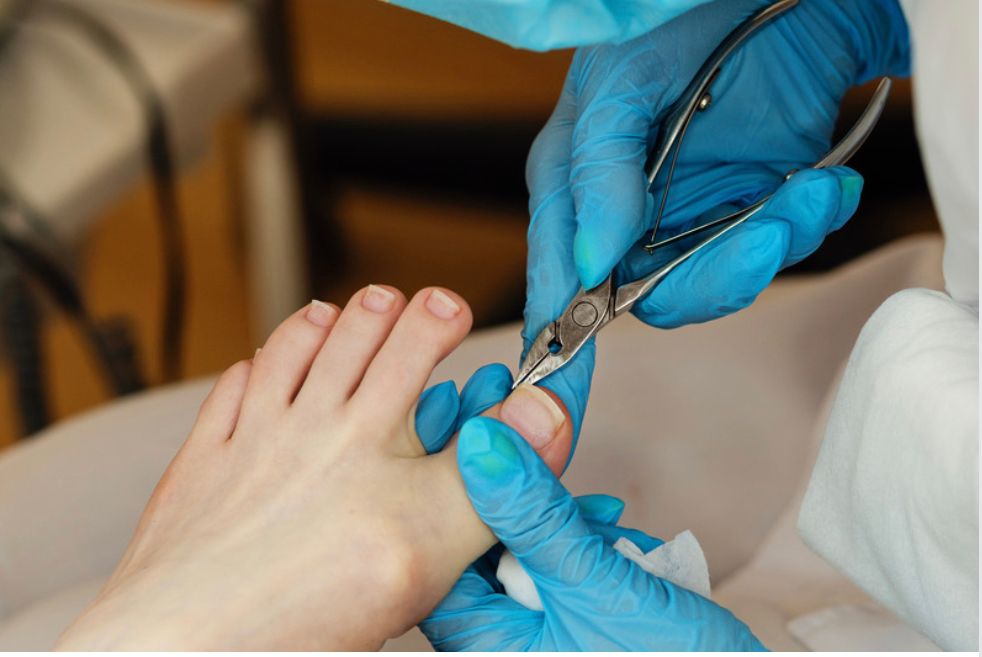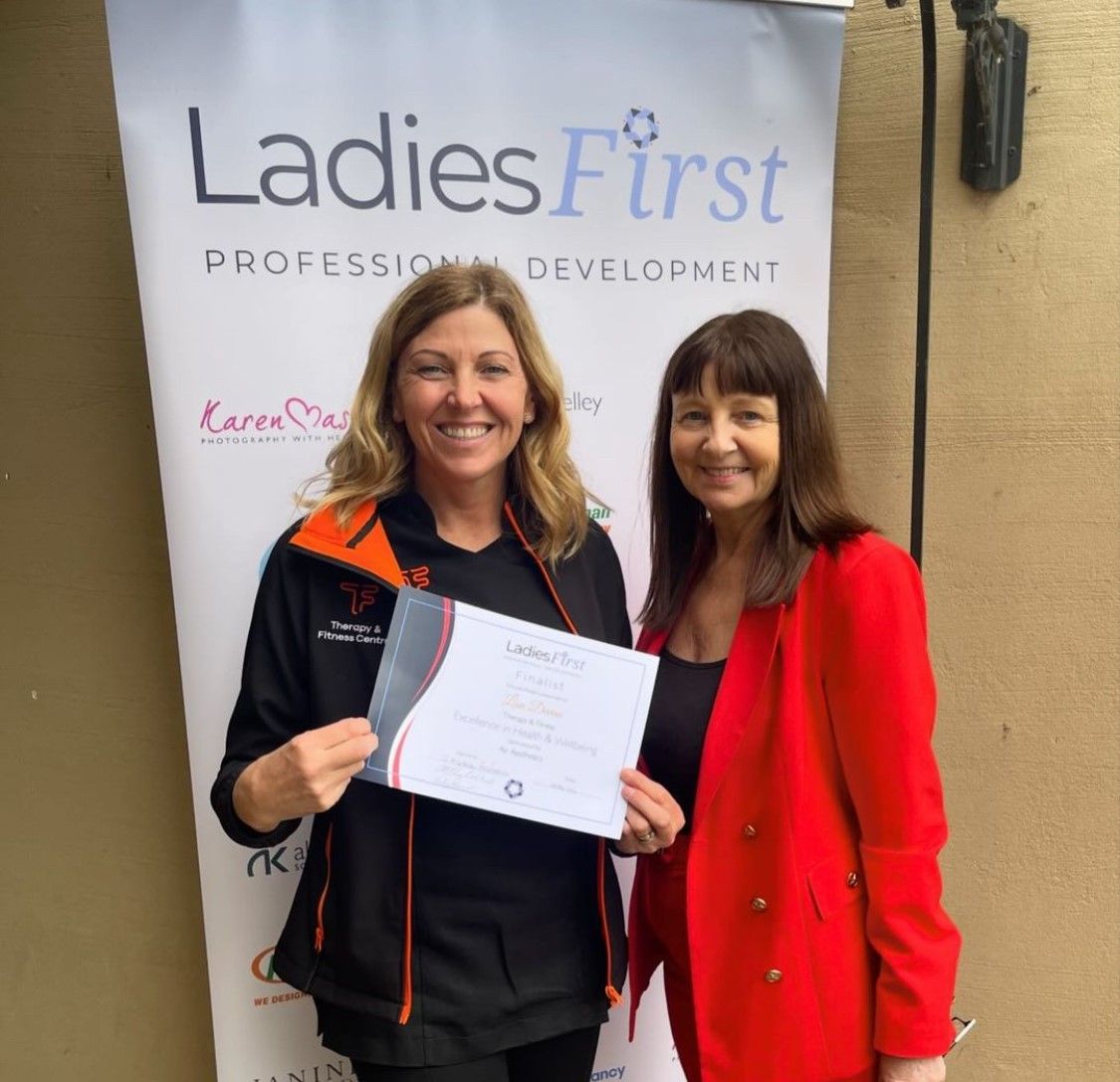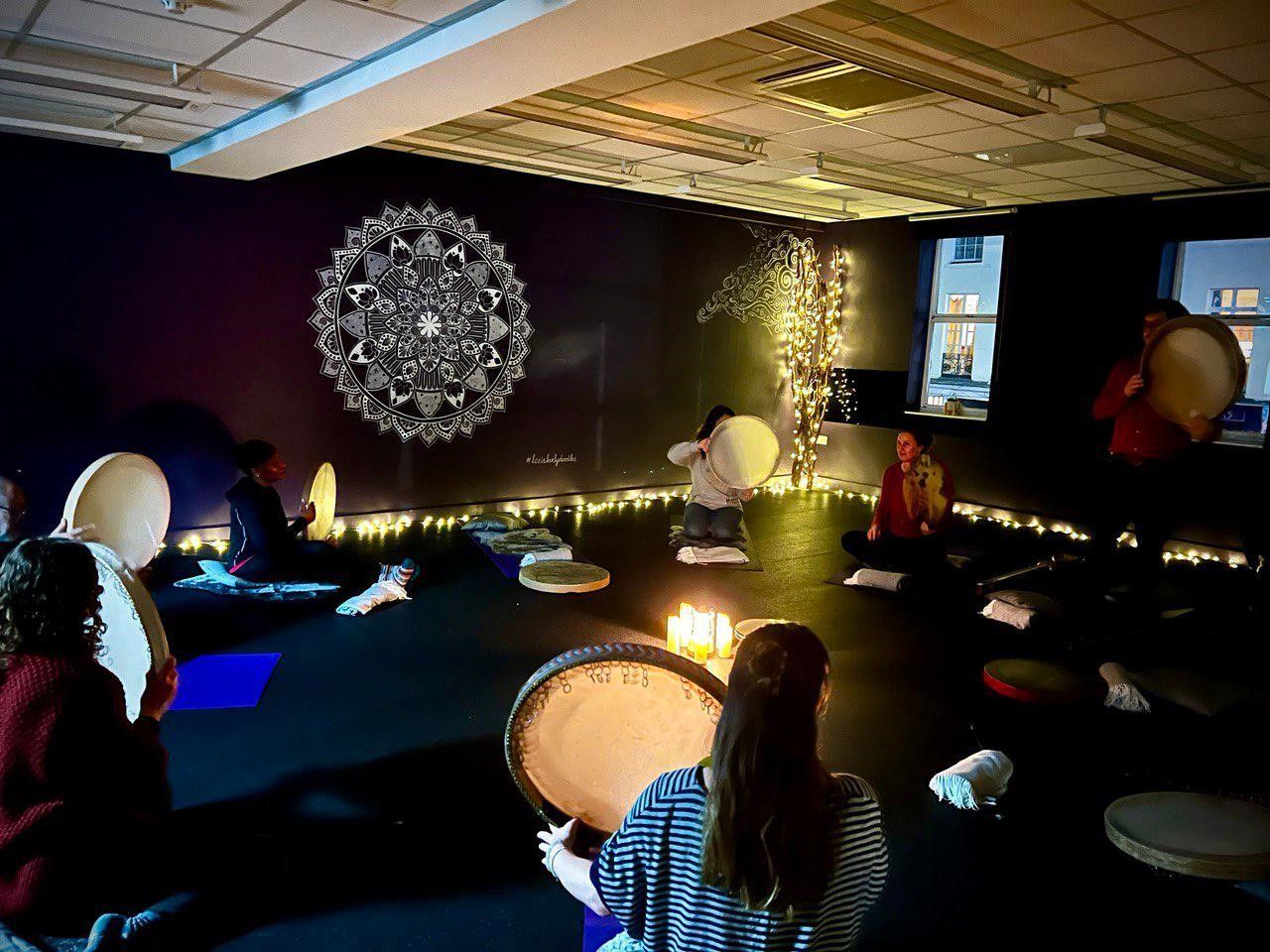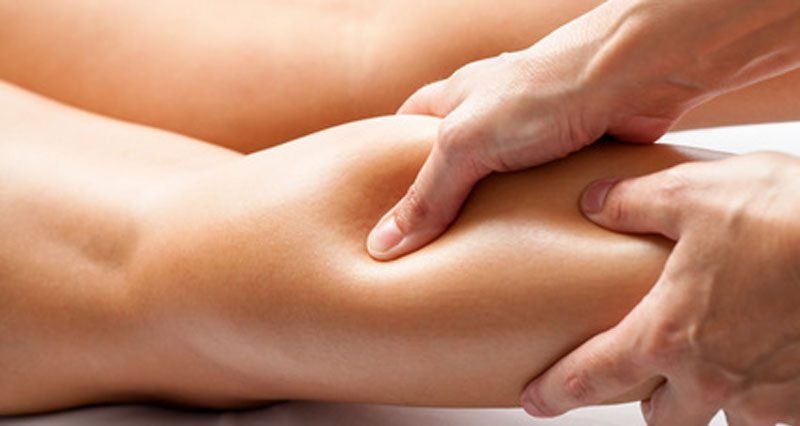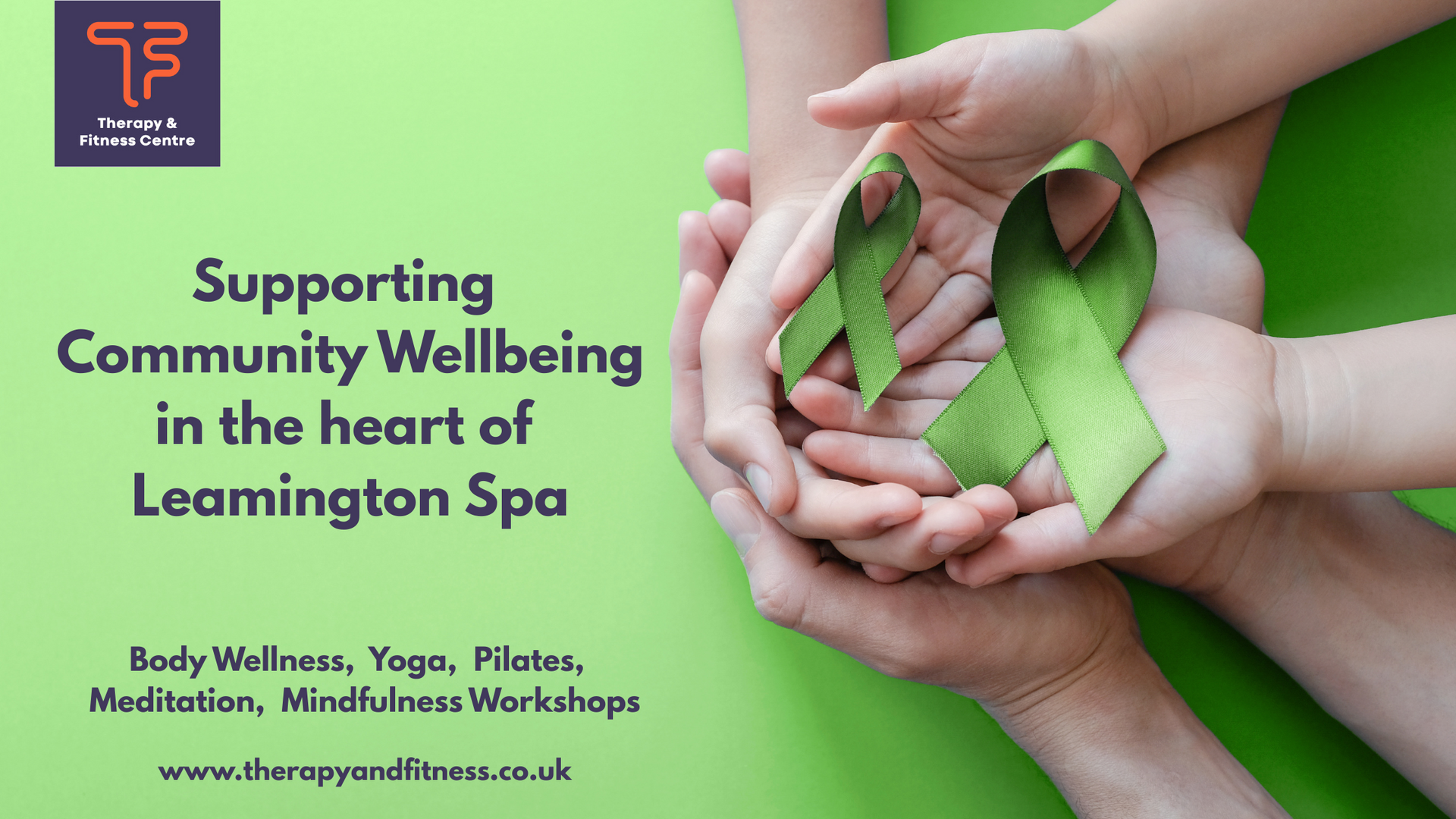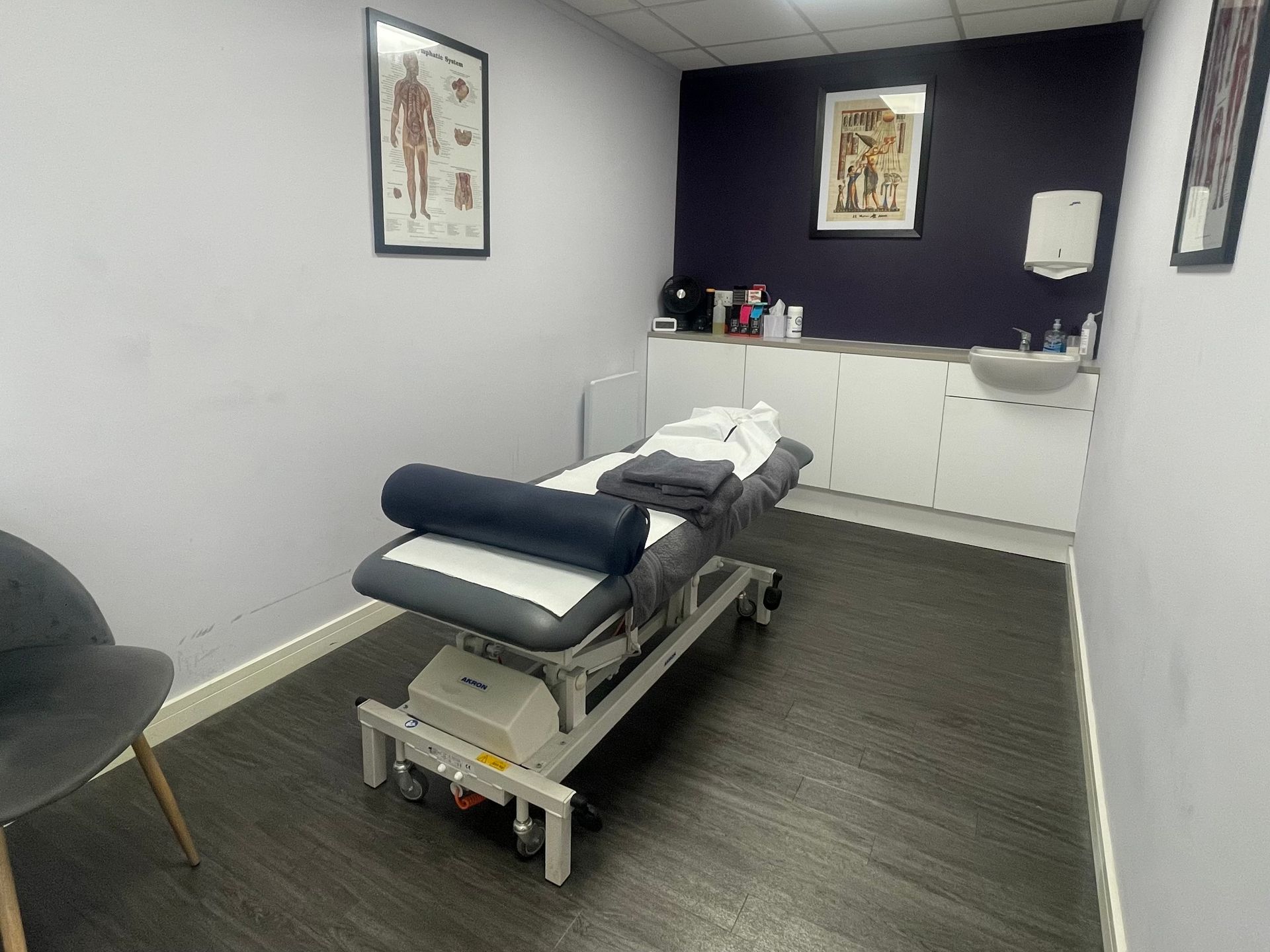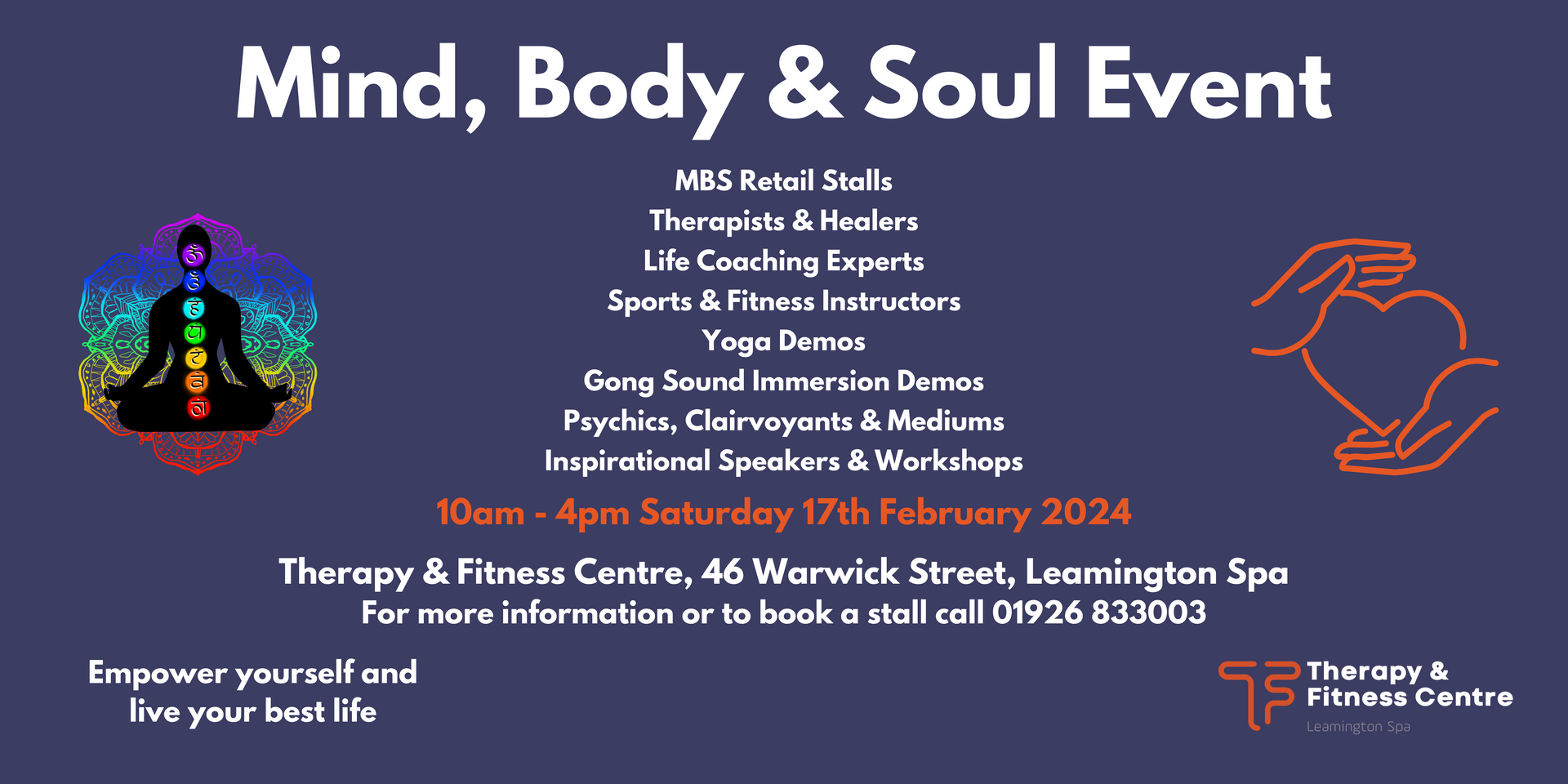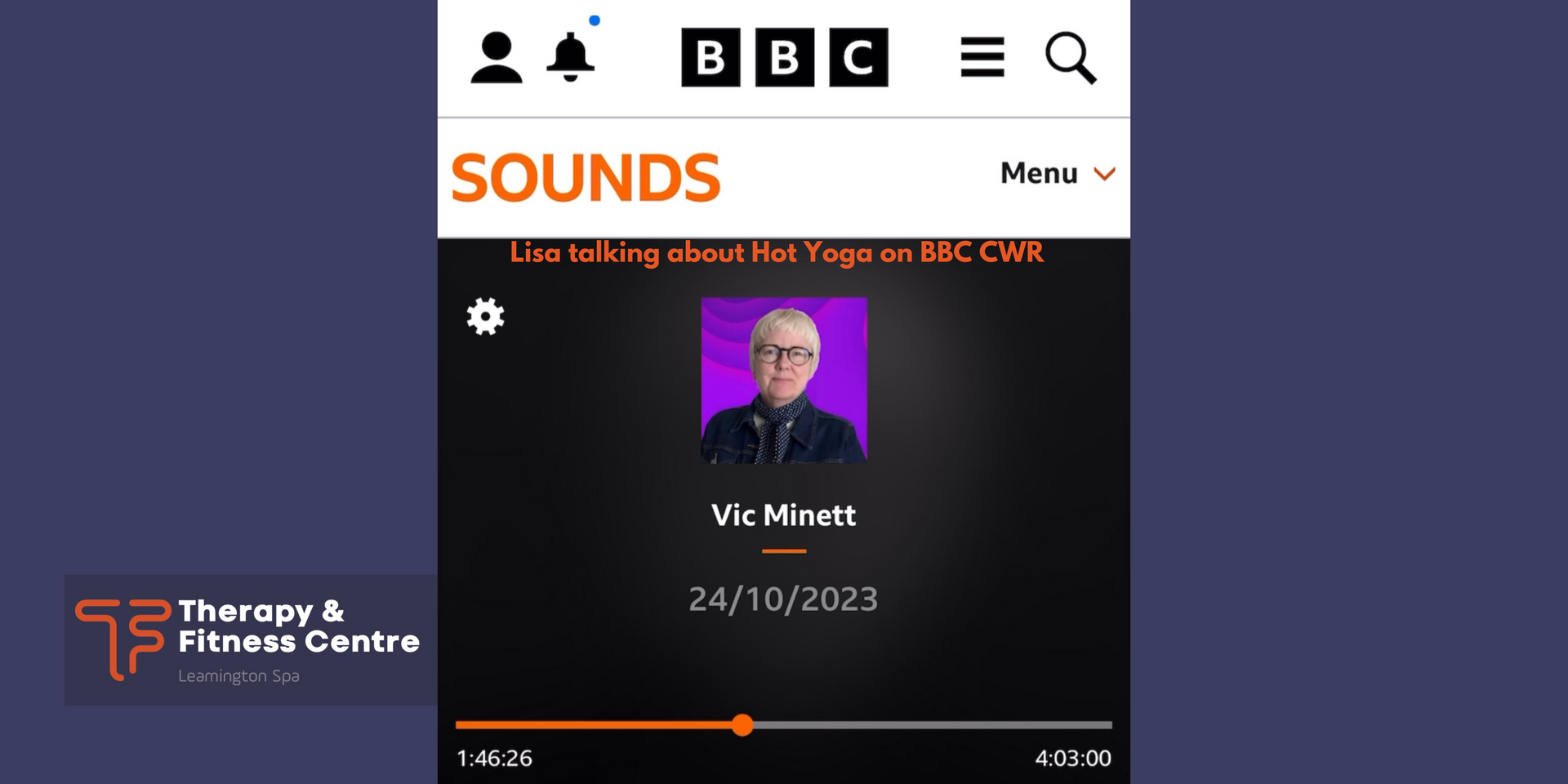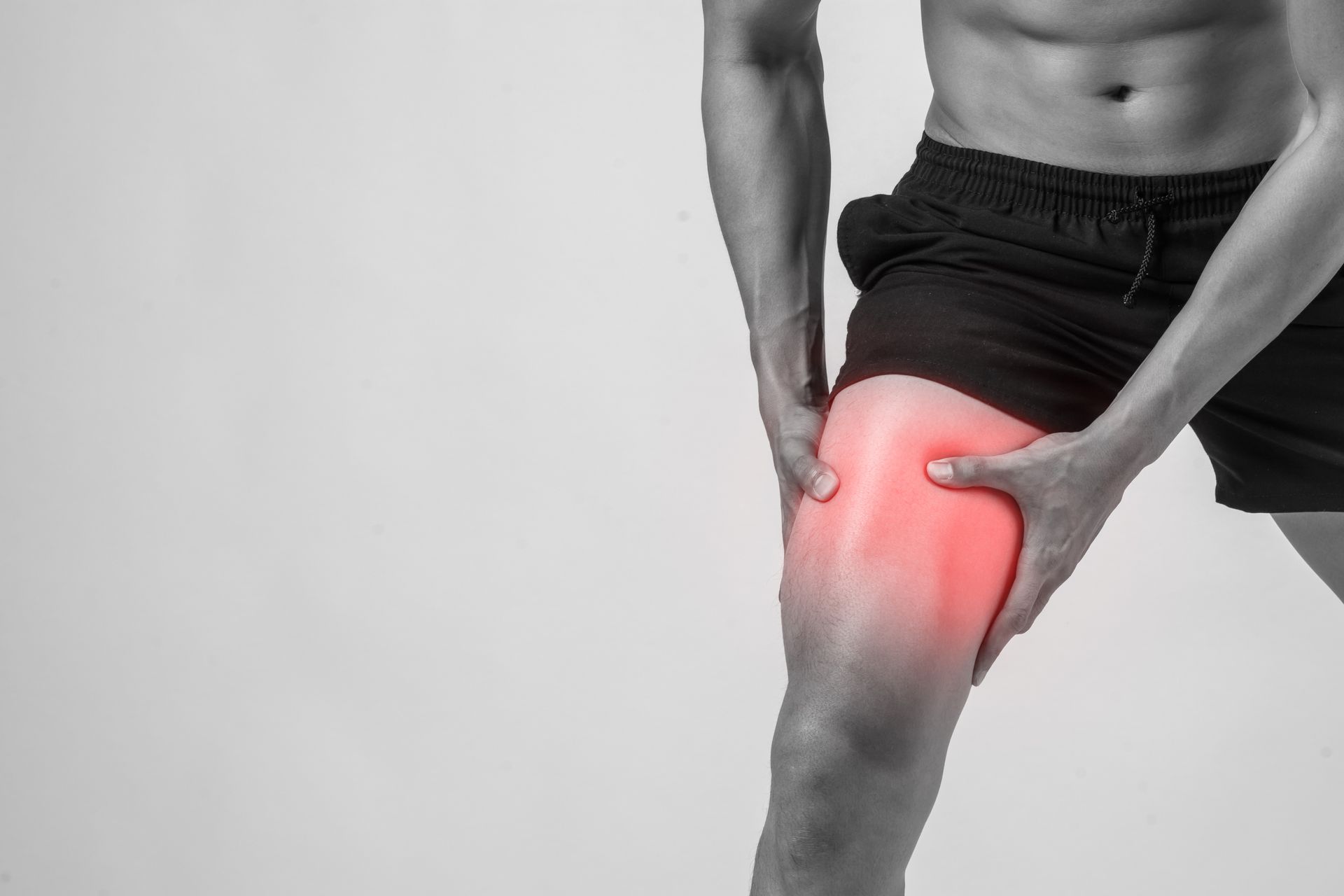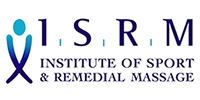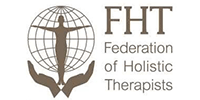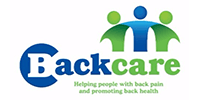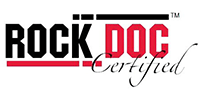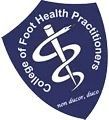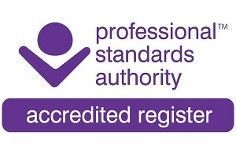September 6, 2022
Where is fascia located in the body? Fascia is a sheath of stringy connective tissue that surrounds every part of your body. It provides support to your muscles, tendons, ligaments, tissues, organs, nerves, joints and bones. Does massage help fascia? Massage therapists can help with a technique called Myofascial Release that uses sustained pressure to loosen and lengthen constricted fascia. Cupping therapy is another technique that stretches and lengthen fascia with the use of vacuum cups. What does fascia massage do? Fascial release therapies are known to increase tissue flexibility and joint mobility. Massage therapists can help with a technique called Myofascial Release that uses sustained pressure to loosen and lengthen constricted fascia. How is myofascial release performed? Using light, manual pressure, your therapist will massage and stretch the trigger point, sometimes holding that point for a few minutes. Your therapist may repeat this process a few times on each trigger point they find, until they feel a full release. What can I expect from myofascial release? Myofascial release can be an intense experience. During a session, a massage therapist will massage, knead and gently stretch the muscles and fascia to work out knots. This bodywork technique also involves applying pressure to the tight or sore areas to get them to relax. What should I expect after a myofascial massage? You may feel tired or relaxed after your myofascial massage, however, most people experience an immediate feeling of relief. Aches and pains are common for for around 24 hours after your treatment as the body flushes the toxins that have been released out. What are the benefits of myofascial release? Myofascial release offers a host of benefits to your health and well-being, including: Reduces soreness and improves tissue recovery. Improves neuromuscular efficiency. Increases blood flow. Maintains normal functional muscular length. Improves joint range of motion. Decreases overall effects of stress on the body. What is the difference between myofascial release and massage? First of all, they each have a different focus. Massage works with soft tissue and the overall system of muscles in the body to relieve stress and tension. Myofascial release works specifically with the connective tissue (fascia) to relieve the tightness that causes muscle restrictions. What does myofascial massage feel like? During a massage treatment, when we stretch this tight tissue you could feel a burning sensation. This is a myofascial release sensation and is generally short lived and quite normal, but not felt by everyone. What happens when fascia is tight? Healthy fascia is smooth and flexible. However, when the body undergoes physical trauma, such as muscle injuries or surgery, the fascia is placed under stress and tightens up, causing muscle pain. What causes fascia pain? Factors that cause fascia to become gummy and crinkle up (called adhesion) include: A lifestyle of limited physical activity (too little movement day after day) Repetitive movement that overworks one part of the body. Trauma such as surgery or injury. What can damage fascia? Accidents, abnormal posture, repetitive movements, overextension injuries, or inactivity can all lead to fascial damage. What does damaged fascia feel like? However, when the fascia is damaged through injury, overuse, or dehydration it often has a domino effect, causing a series of painful symptoms to appear over time. You may experience stiffness, reduced range of motion, and increasing chronic pain. How long does it take for fascia to heal? Most injury to fascia heals within a six to eight weeks period. Occasionally chronic inflammation and pain affect fascia. This may cause problems such as painful movement or fibromyalgia. What makes myofascial pain worse? Myofascial pain may worsen if it is left untreated for a prolonged period of time. Additionally, you may also feel more pain if the trigger point or affected muscle is strained or stretched. What happens if myofascial pain syndrome is left untreated? Untreated, the myofascial pain syndrome leads to a reduced extensibility of the involved muscle with consecutive decrease of the range of motion and development of a muscular imbalance resulting in a disturbance of complex movement and evolution of a chronic pain disease. Should you exercise after myofascial release? Many therapists recommend clients avoid strenuous exercise for at least 24 hours after a bodywork session. Exercising after a session can both increase muscle soreness and compromise the value of the soft-tissue work you've just received. What happens to fascia as we age? As you age, your body produces less and less collagen. This has a dramatic effect on the fascia throughout your body. With less collagen, the fascia starts to dry out and tighten. It becomes restrictive, making it more difficult for the body to move efficiently. Can tight fascia cause nerve pain? As fascia stiffens through adhesion, fascia—rich in nerve endings in and of itself—can entrap surrounding nerves, leading to radiculopathy and a host of painful consequences. Who should avoid myofascial release? Contraindications for MFR include – but are not limited to – those with malignancy, aneurysm, acute rheumatoid arthritis, advanced diabetes, severe osteoporosis, and healing fractures. Your physical therapist can help determine whether or not MFR is an appropriate course of treatment for you. Can you do myofascial release on yourself? SMFR methods do not require the assistance of a physical therapist or fitness professional but can be performed by the individual itself and are considered an effective rehabilitation tool. Can you overdo foam rolling? When it comes to foam rolling, yes, you can overdo it. Excessively using a foam roller on a specific area can increase injuries and leave you in more pain. Instead, limit foam rolling to 30 to 90 seconds per muscle group and include 10 seconds stretching in between each roll.
